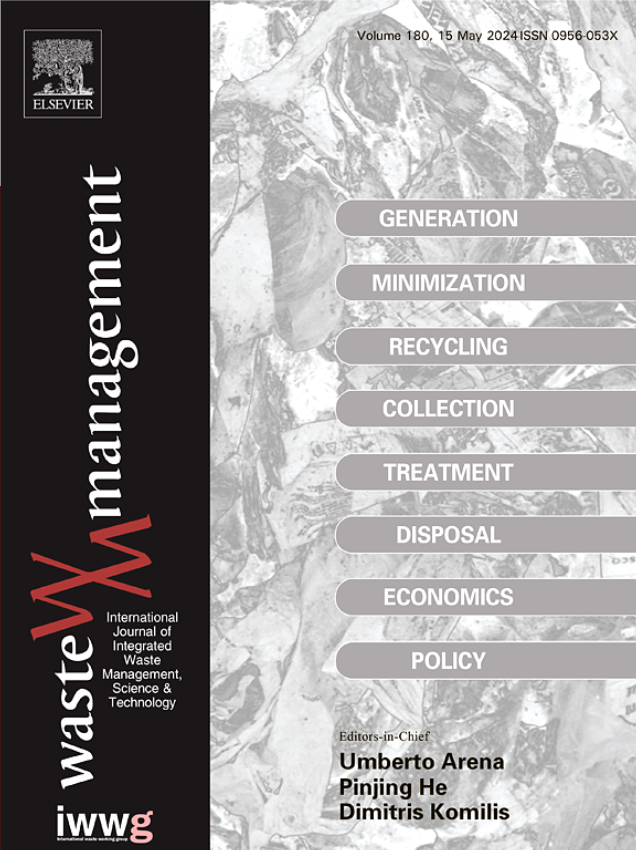Ontdek hoe het Grassificatie-project, gefinancierd door Interreg 2-Zeëen, een blijvende impact heeft achtergelaten in het landschap van graslandbeheer en biodiversiteit! Hoewel het project in 2022 is afgerond, hebben we niet stilgezeten. We zijn blij om aan te kondigen dat we na afloop van het project intensief hebben gewerkt aan een wetenschappelijk artikel dat de behaalde resultaten en inzichten samenvat. Dit artikel is gepubliceerd in het Wast Management Journal april 2024 en biedt een dieper inzicht in de innovatieve benaderingen en duurzame oplossingen die zijn ontwikkeld tijdens het Grassificatie-project. We nodigen je van harte uit om ons artikel te lezen en meer te ontdekken over hoe ons werk een blijvende impact heeft op het gebied van graslandbeheer. Blijf op de hoogte voor meer updates en nieuws over de verdere ontwikkelingen van ons werk!
Waste Management - From grass to gas and beyond: Anaerobic digestion as a key enabling technology for a residual grass biorefinery.
Marcella Fernandes de Souza, Çağrı Akyol, Bernard Willems, Alex Huizinga, Sander van Calker, Miet Van Dael, Annelies De Meyer, Ruben Guisson, Evi Michels, Erik Meers
Abstract
Roadside grass clippings hold potential as a sustainable source of bioenergy as they do not compete with crops for land use, and are only partially utilized for low-value applications. In this study, we proposed using roadside grass as a sole feedstock for anaerobic digestion (AD) in three different settings, and assessed the potential of producing biomaterials and fertilizers from grass-based digestate. Wet continuous digestion at pilot scale and dry batch digestion at pilot and large scales resulted in biogas yields up to 700 Nm3.t−1 DOM with a methane content of 49–55 %. Despite promising results, wet AD had operational problems such as clogging and poor mixing; once upscaled, the dry digestion initially also presented an operational problem with acidification, which was overcome by the second trial. Digested grass fibers from the pilot dry AD were processed into biomaterials and performed similarly or better than the undigested fibers, while around 20 % performance reduction was observed when compared to reference wood fibers. A mass balance indicated reduced fiber recovery when higher biogas production was obtained. The liquid fraction from the pilot dry AD was characterized for its nutrient content and used as a biofertilizer in another study. In contrast, the leachate collected from the large-scale dry AD had a low nitrogen content and high chloride content that could hinder its further use. Finally, a regional market analysis was conducted showing that the biocomposites produced with the available grass fibers could substitute at least half of the current European market based on our results.
Volume 182, 2024, Pages 1-10, ISSN 0956-053X, https://doi.org/10.1016/j.wasman.2024.04.018. (https://www.sciencedirect.com/science/article/pii/S0956053X24002320)


